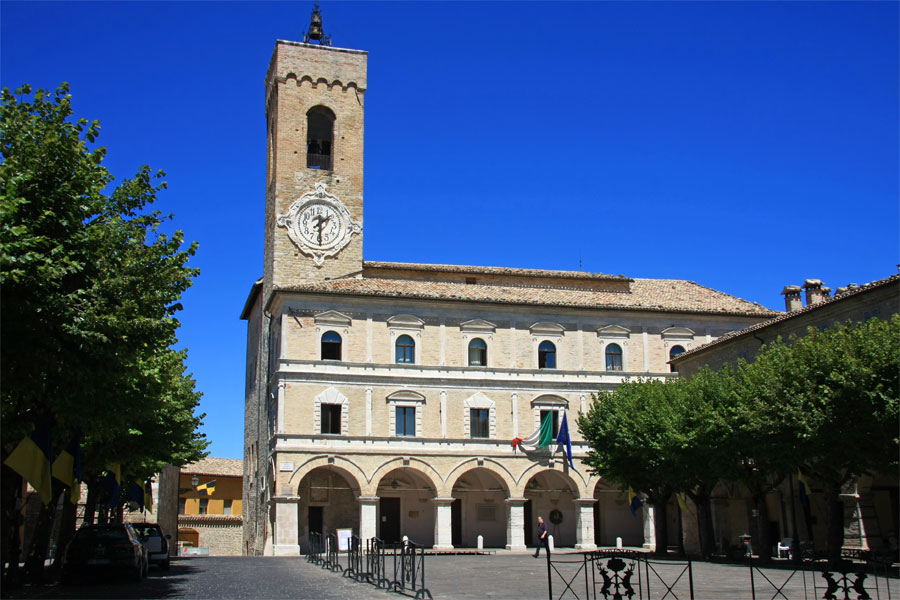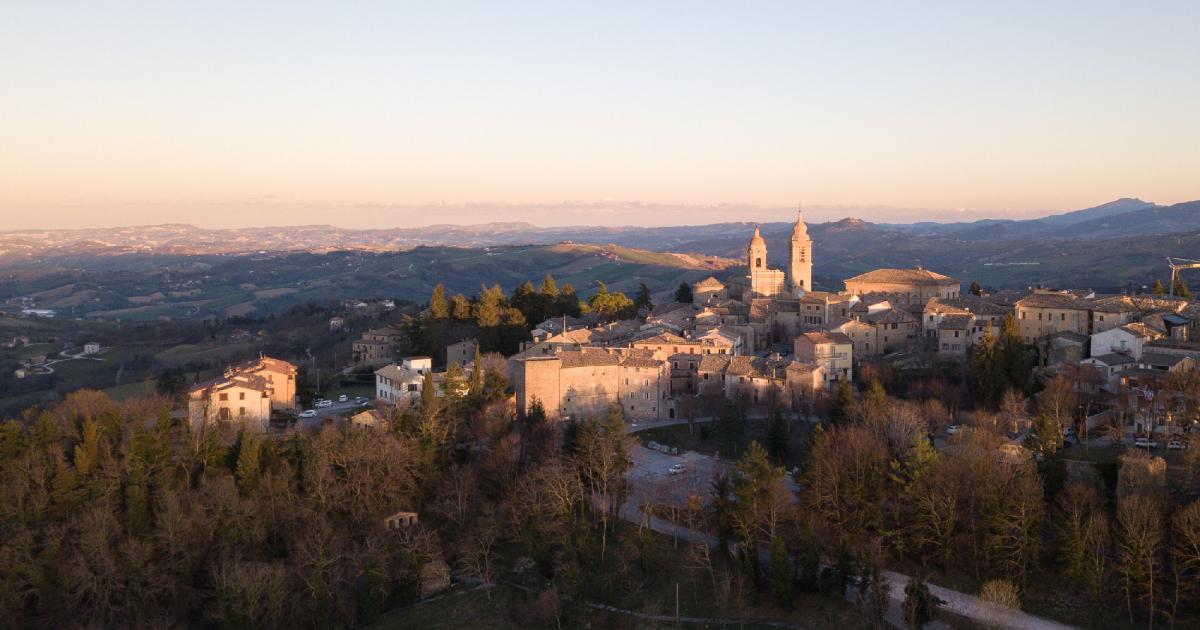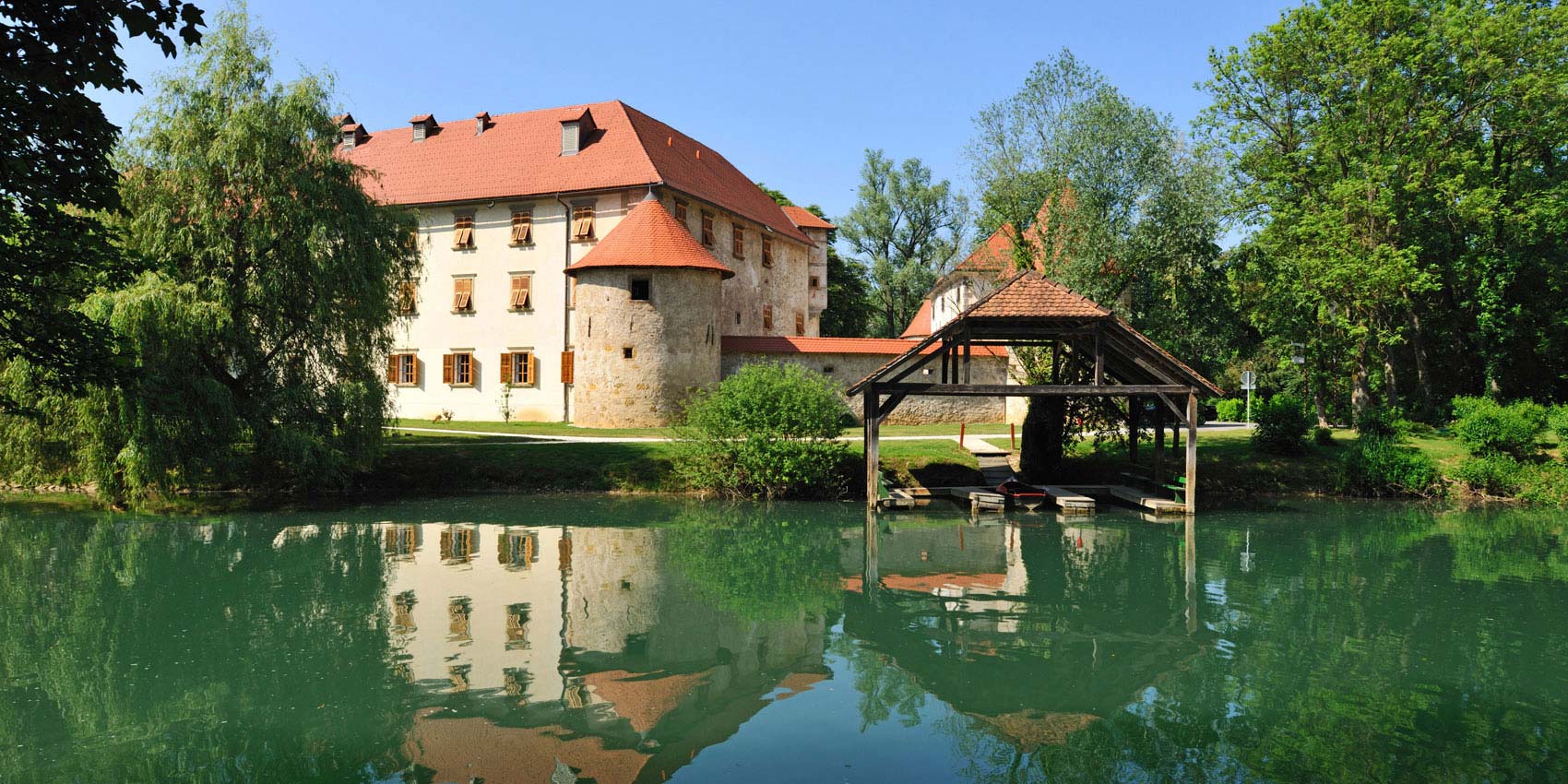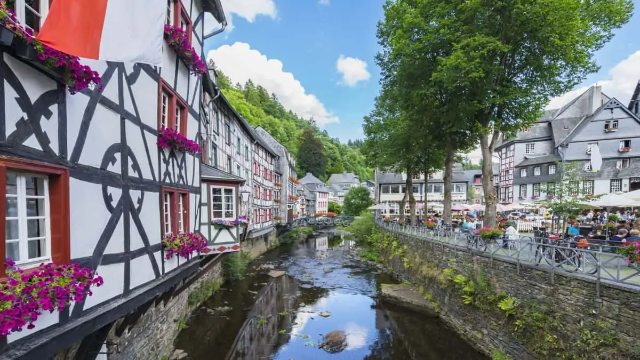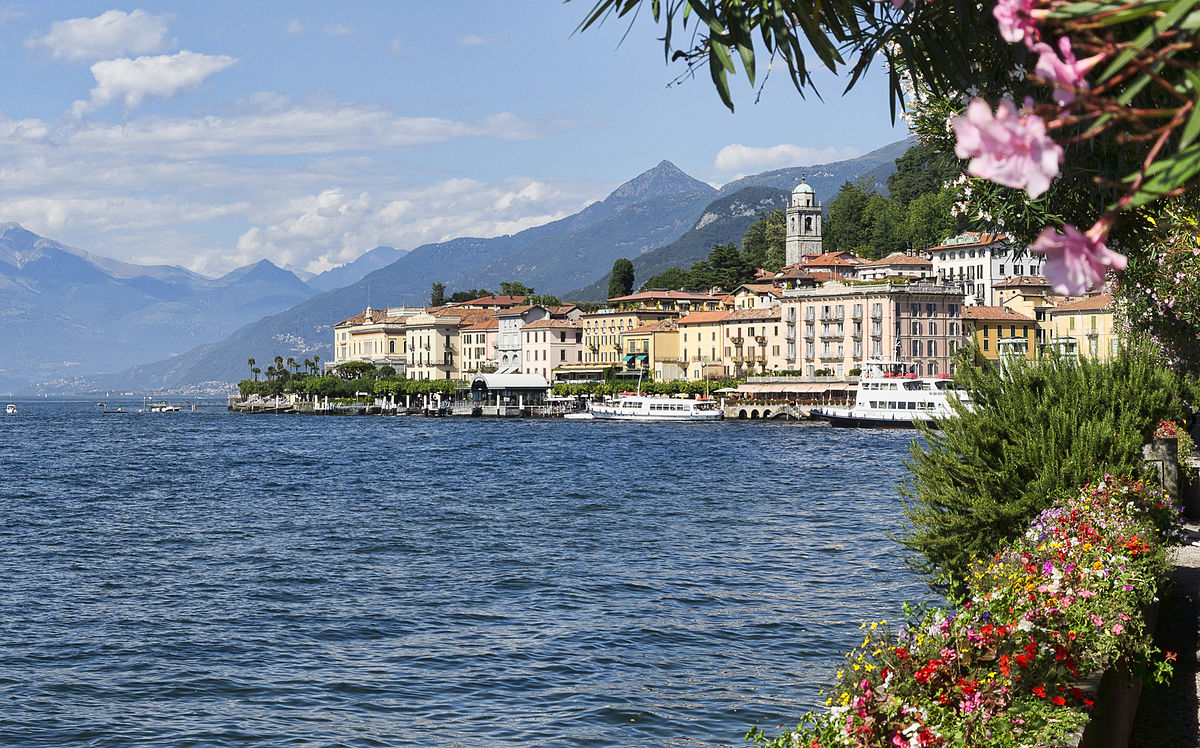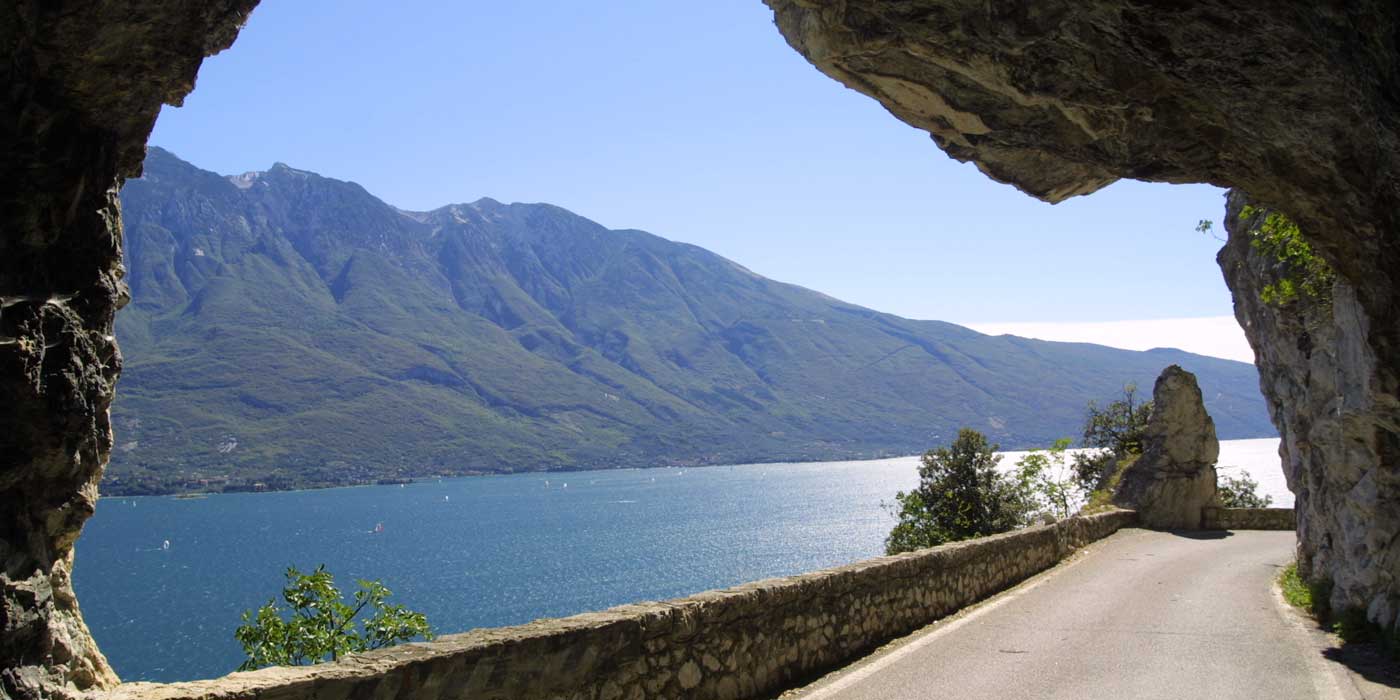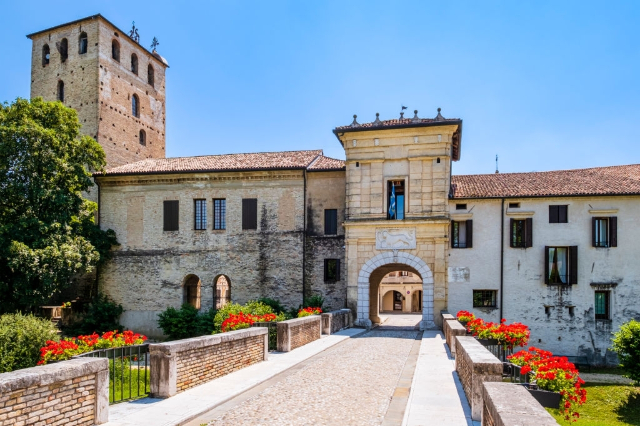The term Cingulum means in Latin "something that surrounds": in fact since the first centuries the city was presented as a reality built on a mountain to surround it. Cingoli, therefore, would be equivalent to a city built on the top of a mountain. The oldest evidence of attendance in the area of Cingoli date back to the IV-III millennium BC, while the first nucleus of settlement, in the area of Borgo S. Lorenzo, can be traced back to the third century BC. According to a legend,[without source] the woodpecker, arrived in the Marche region, landed on the hill of Cingoli. In the Roman period, the city was enlarged and embellished by Tito Labieno, lieutenant of Julius Caesar. Since the middle of the sixth century there is news of a diocese of Cingoli headed by the bishop (then patron) Sant’Esuperanzio. The city became a free municipality from the twelfth century, flourishing craft, commercial and artistic activities. In 1725 the old bishop’s chair was restored. A cingolano, Francesco Saverio Castiglioni, became pope in 1829 as Pius VIII. With the Battle of Castelfidardo, Cingoli was annexed to the Kingdom of Sardinia and in 1861 to the Kingdom of Italy.
The climate, rigid and snowy during the winter period, is dry and fresh with a light breeze during the summer season, favoring a considerable influx of tourists.
The village, which is also among the most beautiful villages in Italy is rich in works of art.
The heart of Cingoli is Piazza Vittorio Emanuele II, overlooked by the Town Hall and the cathedral. The Municipal Palace is made up of bodies realized in successive eras: the oldest structure, perhaps of the twelfth century, is surrounded by the building in Renaissance style wanted in 1531 by the governor of the city Egidio Canisio da Viterbo, as stated in the inscription along the frame of the parapet of the second floor.
The cathedral, dedicated to Santa Maria Assunta, rises on the place occupied until 1615 by the small church of San Salvatore. The inability of the parish church of Santa Maria (now San Filippo) to accommodate an increasing number of believers, pushed the ecclesiastical authorities to start work on the construction of a larger church, inaugurated in 1654. We leave the church turning our backs on the town hall to arrive in via del Podestà, where on a widening there is the fifteenth-century Conti palace, of the homonymous noble family. Continuing down the street, you can admire on the right the facade of the church of San Filippo Neri with its Romanesque portal. The building, erected on the ruins of the primitive parish church of Santa Maria, is internally endowed with the sumptuous baroque dress chosen by the fathers of the Oratory of San Filippo Neri, who became its owners in 1664.
Returning to piazza Vittorio Emanuele II, to the right of the cathedral, we enter via Foltrani, where the beautiful Renaissance palaces belonging to the families of the nobility of Cingoli cast their shadows. A little beyond, going down, it opens on the right the ample square on which they lean out the church of San Domenico and the connected convent of the order of the Preachers. On the high altar of the church is placed since 1539 the great canvas of the Madonna of the Rosary and Saints, one of the most complex and magnificent works of the restless Venetian painter Lorenzo Lotto. Continuing along via Foltrani, the walls of the Silvestrino Monastery of San Benedetto suddenly appear, beyond which the sixteenth-century palazzo Puccetti is revealed. Going along it, you go down among the Renaissance houses along via dello Spineto that leads, in its conclusion, outside the city walls, where there is the church of Santa Caterina D’Alessandria, dating back to the second decade of the XIII century.
Leaving the municipal building on the right, we enter via Maggiore, the main artery flanked by remarkable noble palaces. In the 16th century this street (today also called Corso Garibaldi) was renamed via Farnesia et Pontificalis, when Cardinal Alessandro Farnese, several times guest of the Silvestri family, became Pope with the name of Paul III. In the middle of the street, on the right, next to the building that used to host the church of Santa Maria in Valverde, you can see the beautiful fountain of Maltempo, covered with the allegorical-hermetic structure that the Lombardi, pupils of Sansovino, gave it in 1568, following the suggestion of an enigmatic "congrega de’ philosophi". A little further on the left, the imposing travertine façade of the 17th century Palazzo Castiglioni rises up, where Francesco Saverio Castiglioni, who became Pope Pius VIII in 1829, was born in 1761.
Before ending with Porta Piana, erected in honor of the fellow citizen Pope, Corso Garibaldi opens onto a small square, overlooked by the ancient church of San Nicolò, built after 1218 to prevent the parishioners of Sant’Esuperanzio during the winter the uncomfortable road leading to their church.
The collegiate church of Sant’Esuperanzio, Cingoli’s most famous monument, stands outside the city walls. The bare facade of gray stone is adorned with a rose window and a wonderful Romanesque portal carved by Master Giacomo in 1295.
